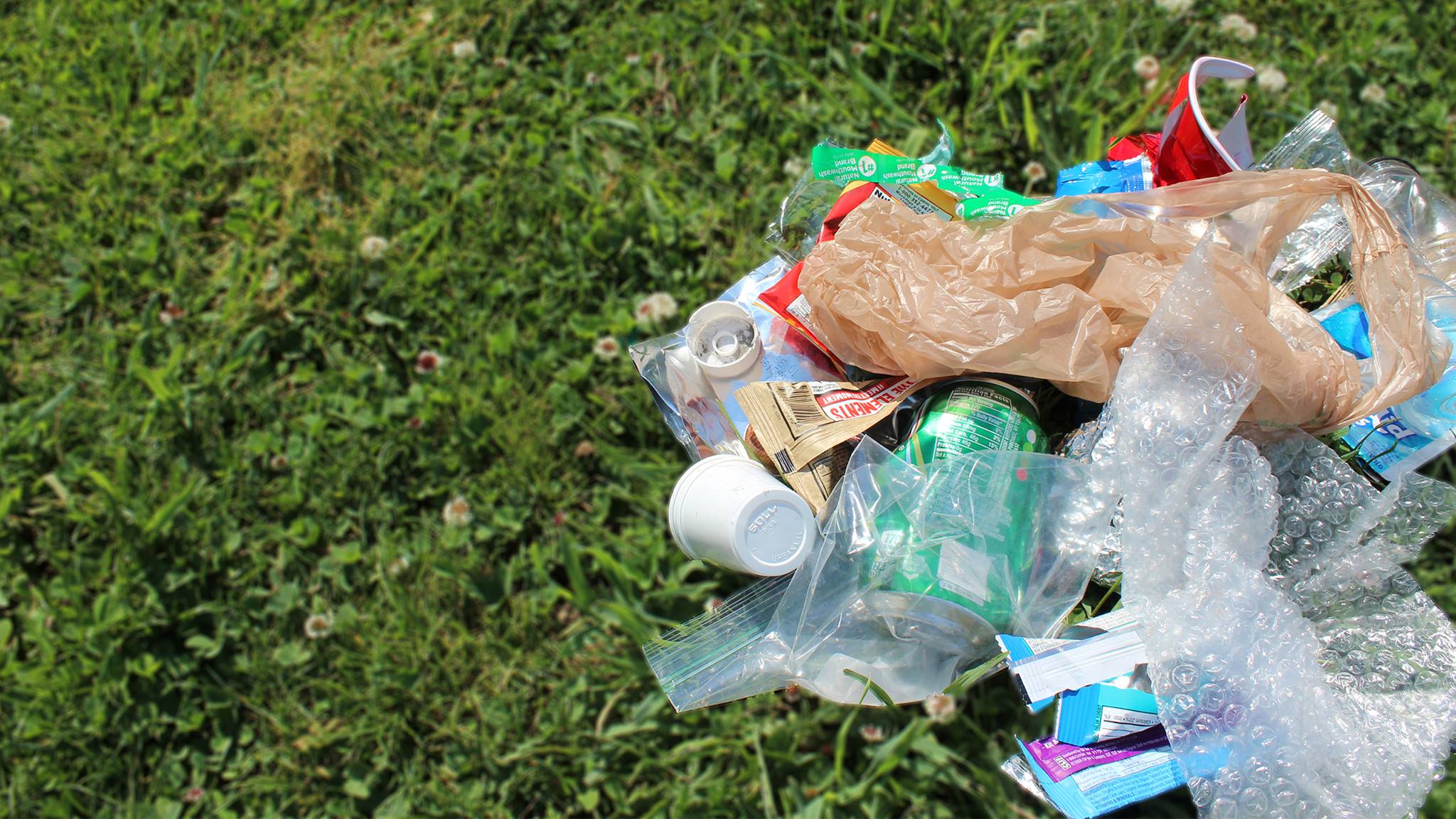
“Green buildings” are on the rise in an industry at a crossroads. Technology and enhanced environmental consciousness are changing the way physical spaces are used to do business, and differentiation is essential to enhance the attraction and retention of clients and stakeholders. In an increasingly competitive marketplace, sustainability adoption reaps real benefits for owners and managers in the commercial real estate sector, who are in a position to set themselves apart with innovative processes and positive impacts.
One area where CRE products can easily integrate more environmentally-positive features is waste management. As it stands, most waste outputs generated by CRE properties (or most human activities, for that matter) fall outside the scope of recyclability in the current waste management infrastructure. Most build-up materials, packaging and shipping items, industrial plastic and items from the front and back of house cannot be processed municipally. Compound the “difficult-to-recycle” nature of these items with the sheer volume of it in a typical CRE infrastructure and you get metrics that do nothing for your sustainability report, as this waste is tracked for landfill.
It’s a common belief that certain items are beyond recycling due to their material makeup; we know this to not be true. It is also a common belief that retrofitting or adding sustainable components to existing buildings is relatively challenging compared to developing new ones. This is also not true.
There are turnkey solutions for waste for almost every aspect of the commercial real estate sector (office, retail, residential, industrial, etc.) that can customized, tailored to fit and scaled up to suit CRE business needs at low risk.
At TerraCycle, we have embraced the turnkey approach with the Zero Waste Box platform, with allows major CRE property groups to collect difficult-to-recycle waste for recycling for the first time. The boxes provide a safe, sustainable solution for nearly every type of waste stream. With the platform, property managers and employees can easily select the size, type and volume of boxes needed, fill with the appropriate waste streams and ship the box back to TerraCycle using the pre-paid, pre-affixed shipping label once full.
This system can be applied as a supplement to existing buildings, as well as integrated into the development of new ones, serve large-scale outputs through freight shipment, or pallet configurations for other situations. It has been used at different scales, and is appropriate for waste from batteries and air fresheners to coffee pods and chip bags.
In order for CRE properties to achieve truly green buildings, resources must be placed towards minimizing waste in order to increase efficiencies. We continue to build and optimize systems to improve the use of electricity, water, and carbon. With the use of more customizable solutions that address the diversity inherent in waste streams, creating infrastructures that contribute to a holistic definition of sustainability for green buildings will become possible.
This article is written by Tom Szaky, Founder & CEO, at TerraCycle.